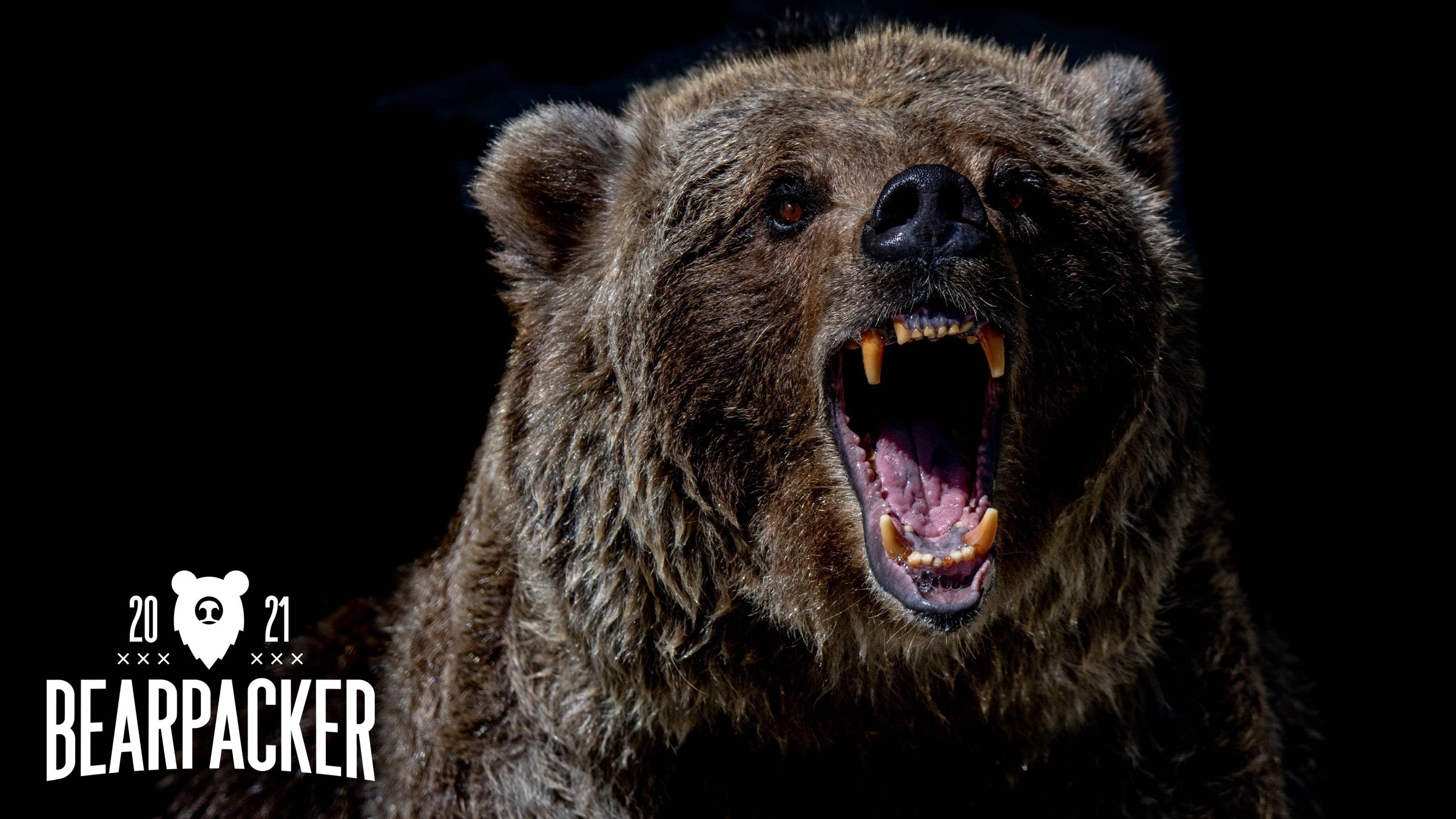Should You Be Afraid of Bears? Just Bearly.

(Photo: mana5280)
From heights to lightning, there are a lot of things to fear in the backcountry. But which of those are really dangerous, and which shouldn’t you worry about? In Fear Less, our experts break down how to master your fears instead of letting them master you. In honor of Bearpacker, Backpacker’s annual celebration of bear safety, science, and stories, we’re going deep on the big guys this week.
A rustling in the woods. A large, round footprint in the middle of the trail. Remembering at midnight that you left a Clif Bar wrapper in your pocket. It doesn’t take much to set your amygdala, the fear center of your brain, on high alert when you’re in bear country.
The idea of coming face-to-face with 3-inch claws, sharp teeth, and 650 pounds of muscular, hungry animal is enough to strike fear into the stoutest of hearts, and for good reason. After all, it’s not elk that rangers are chasing away from parking lots at Yellowstone with shotguns in hand or bighorn sheep they’re warning hikers to avoid during peak berry season. With their massive heft, impressive canines, and clawed paws, they can do damage if not treated with the respect they deserve.
Fortunately, run-ins with these massive omnivores are actually quite rare: On average, only 11 attacks per year occur in North America. Rarer still are encounters that lead to death. A total of four people were killed by bears in North America in 2020, all in Alaska and Canada. And while any number would be tragic, bear-related deaths pale in comparison to the number of people killed by dogs: 41 in the same year. In fact, you’re far more likely to fall to your death, drown, or even pass away from heat illness than you are to be killed by a bear in the wild. So why are we still so afraid?
More Backpacker: This Is What Happens When You Strap a GoPro to a Bear
“Fear comes partly from a lack of knowledge and understanding,” says Dr. Stephen Herrero, Canadian biologist, one of the world’s foremost bear experts, and author of the book Bear Attacks: Their Causes and Avoidance. We fear what we don’t understand, and most outdoorists don’t take the time to understand bears, their habitats, or their mannerisms.
But according to Herrero, that’s exactly what we should do. “Knowledge regarding how to stay safe in bear country is the best armament you can have to protect yourself from fear or from bears. A little basic knowledge goes a long way.”
Start by learning about these inquisitive and intelligent creatures, their diets, and body language. Then when you head to the woods, be mindful about where you are, where bears might be, and what species live in the area.
Then, learn how to store and dispose of food properly to keep from enticing bears into your campsite. Depending on what’s available and what the local best practices are, you can use a bear bag or bear safe to store not just food, but anything with a scent (like lip balm and sunscreen), then hang the bear bag or tie the bear canister to a tree well away from camp (at least 100 meters in grizzly country). And whatever you do, don’t burn trash or leftovers in your evening campfire. It doesn’t burn as well or as completely as you may think and can still attract bears.
Remember that bears don’t like surprises, so talk or sing as you hike to alert them to your presence, but ditch the bear bells: Most experts don’t think they’re all that effective. Always carry bear spray when hiking in bear country (black bears can be found in much of North America while grizzlies call Alaska, Wyoming, Montana, Idaho, Washington, and parts of Canada home). More importantly, know how to use it. Resist the temptation to ditch bear spray in favor of a firearm: According to Herrero’s research, people who defended themselves with a gun were on average twice as likely to suffer an injury than those who used bear spray.
In the rare event you are attacked and your deterrent doesn’t stop the animal, your response should depend on what type of bear you’re encountering. If it’s a black bear, fight back tooth and nail. Throw rocks if you have to. If it’s a grizzly defending her cubs or her space, play dead. She’ll likely leave you alone when she believes the threat has been neutralized.
Finally, know that bears aren’t out to get you: Most attacks are the result of the animals feeling threatened and becoming defensive after people have gotten too close or inadvertently surprised them. Offensive attacks are extremely rare.
Though we’ve been socialized to think of bears and their cubs as cute, hikers need to treat them with care and take all necessary precautions to prevent an encounter from going bad. Learn a bit about bears, how to stay safe in bear country, and how to protect yourself, and you might just feel your fear disappearing—mostly, anyway.
“A healthy respect with a little sliver of fear is maybe not a bad combination,” Herrero says.